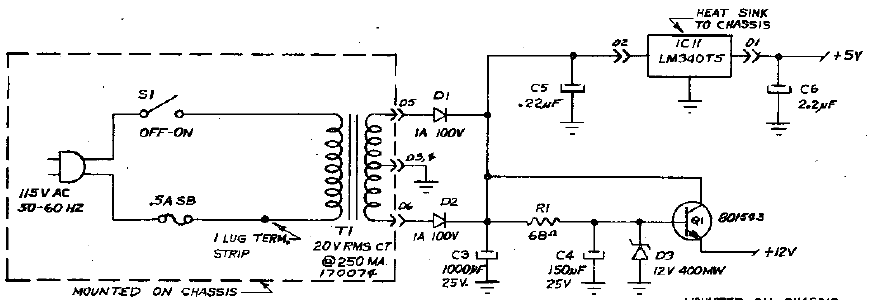Hi,
I would like to start learning the basics on simple transformers winding/rewinding.
I've ordered a hand coil winding machine with counter from HK, just waiting for it to be clear in the customs.
this is the unit:
https://www.ebay.co.uk/itm/NZ-1-Manual-Hand-Dualpurpose-Coil-Counting-and-Winding-Machine-Winder-coiler/391892039419?hash=item5b3e95f6fb:g:MR0AAOSw10NZw2Sz
As a first project I would like to rewind a small 110V(primary) transformer to a 240V primary.
It's an EI small transfrmer that I need for a project
I hand wounded the coils and counted the turns of this transformer.
Each secondary has 260 turns and I measured the thickness of the wire , 0.3mm , so it should be 29gauge wire
The primary has 2066 turns with 0.1mm wire, 38 gauge
The Bobin hole is 13mx13mm
Ans the EI lams are stacked 2x2
I would like to ask how do I calculate the number of turns needed for the primary for 240V 50hz operatition?
Is that as simple as doubling the number turns?
Thank you so much
I would like to start learning the basics on simple transformers winding/rewinding.
I've ordered a hand coil winding machine with counter from HK, just waiting for it to be clear in the customs.
this is the unit:
https://www.ebay.co.uk/itm/NZ-1-Manual-Hand-Dualpurpose-Coil-Counting-and-Winding-Machine-Winder-coiler/391892039419?hash=item5b3e95f6fb:g:MR0AAOSw10NZw2Sz
As a first project I would like to rewind a small 110V(primary) transformer to a 240V primary.
It's an EI small transfrmer that I need for a project
I hand wounded the coils and counted the turns of this transformer.
Each secondary has 260 turns and I measured the thickness of the wire , 0.3mm , so it should be 29gauge wire
The primary has 2066 turns with 0.1mm wire, 38 gauge
The Bobin hole is 13mx13mm
Ans the EI lams are stacked 2x2
I would like to ask how do I calculate the number of turns needed for the primary for 240V 50hz operatition?
Is that as simple as doubling the number turns?
Thank you so much























![Soldering Iron Kit, 120W LED Digital Advanced Solder Iron Soldering Gun kit, 110V Welding Tools, Smart Temperature Control [356℉-932℉], Extra 5pcs Tips, Auto Sleep, Temp Calibration, Orange](https://m.media-amazon.com/images/I/51sFKu9SdeL._SL500_.jpg)















